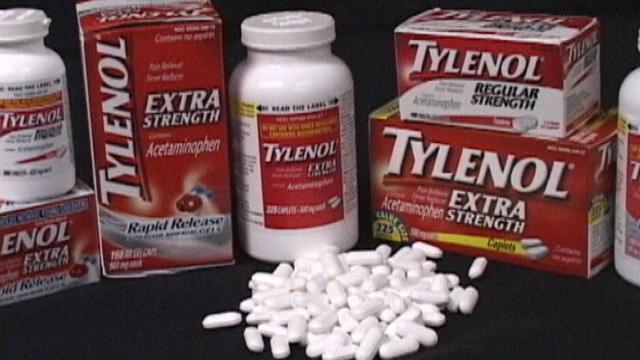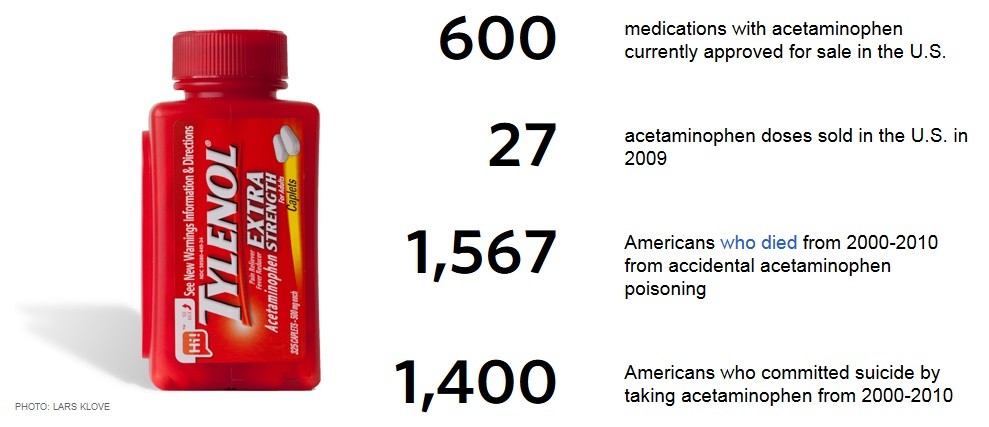
As with all medicines, suspected adverse reactions should continue to be reported to us on a Yellow Card. CHM concluded that the benefits of the authorised 3-bag dose regimen continue to outweigh the risks. The authorised NAC product information reflects the safety profile. The pattern of potential adverse drug reactions associated with NAC is well established, and no new safety issues have been identified since the 2012 guidance.

CHM have reviewed these findings and, as part of their review, also looked at the safety profile of NAC since the 2012 guidance was implemented.ĬHM concluded that there was insufficient evidence of efficacy to add information about the off-label shortened 2-bag dose regimen used in the SNAP study to the product information for NAC. Since 2012, data for an off-label shortened 2-bag regimen for NAC to treat paracetamol overdose have been published from the Scottish and Newcastle Antiemetic Pre-treatment for paracetamol poisoning (SNAP) study. Simplified guidance on the treatment of paracetamol overdose with NAC was implemented in September 2012, after an evidence-based review by the Commission on Human Medicines (CHM). After this time efficacy falls substantially, affording only a very limited window of time in which to successfully prevent serious hepatotoxicity. Intravenous NAC is the antidote to treat paracetamol overdose and is virtually 100% effective in preventing liver damage when given within 8 hours of the overdose. continued treatment with NAC (given at the dose and rate as used in the third infusion) may be necessary depending on the clinical evaluation of the individual patient.A ceiling weight of 110 kg should be used when calculating the dose for obese patients the patient should receive a total dose of 300 mg/kg bodyweight over a 21-hour period.



 0 kommentar(er)
0 kommentar(er)
